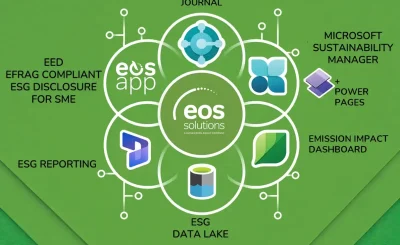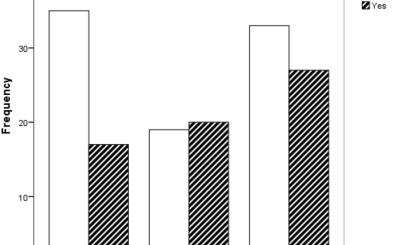Technology has become the driving force in revolutionizing the financial services industry. Consumers are scrutinizing providers more carefully while upstarts are harnessing technological advances to provide more efficient customer service without legacy infrastructure constraints.
Fintech companies and traditional banks both serve as financial intermediaries; their approaches differ, however.
1. Invest in Technology
COVID-19’s impact has significantly reduced traditional banking activity, while tech companies and fintech start-ups have introduced digital services that challenge banks on their own turf. Banks must consider new business models and strategies in order to adapt to this ever-evolving environment.
Digitization presents traditional banking with unique challenges; nevertheless, investing in their technology should remain a priority. Technology not only streamlines processes and reduces operating costs, but it may also enable tapping into uncharted markets outside of traditional banking.
One way that traditional banks can do this is by partnering with fintechs to develop and distribute financial products. This partnership not only keeps up with competition and improves customer experiences, but it also allows traditional banks to maintain their competitive advantage by using technology to streamline product launches faster and lower launch costs.
Traditional banks must invest in improving their mobile banking applications. Customers increasingly want a seamless digital banking experience that gives them instant support and access to their accounts, and more security measures than ever. They are even willing to use open banking systems which allow them to manage multiple bank accounts from a single interface; such systems provide deeper insights into spending patterns as well as soft data that could help tailor more tailored financial products.
2. Invest in Alternative Data Sources
Fintech innovation has caused traditional banks to reconsider their value. Instead of providing generic financial products such as accounts and loans, these banks now need to find new roles that offer competitive services at cost-effective pricing models.
One way of accomplishing this goal is through offering banking as a service, or BaaS. Under this model, financial services from traditional institutions are unbundled from their front end and provided via tech companies via an app, enabling them to compete against traditional banks while avoiding their high costs associated with existing back-end infrastructure such as payments and messaging systems.
One way to reassess value is by tapping into new sources of customer data. Leveraging such alternative data sources will give traditional banks access to insights they haven’t yet compiled about customer behavior – helping them better understand customer requirements and deliver timely services that match those requirements.
Traditional banks are currently struggling to restore consumer trust in the finance industry due to the COVID-19 pandemic and various scandals from Australia’s four biggest banks, among others. Many consumers perceive that banking industry concentration is too great and are seeking alternatives.
3. Invest in Customer Experience
Tradition banks provide much more than the standard deposit and loan services to consumers; these services include mobile banking, in-person support and various loan products that customers value. As such, customers may prefer traditional banks even as they consider more progressive solutions for their finances.
Even as traditional banks face new challenges, their traditional advantage remains: an enormous customer base. This large customer base serves as a strong basis for the development of new products and services and gives banks an opportunity to establish strong brands. Furthermore, banks maintain detailed information about their customers with established methods for communicating with them; making them ideal candidates for using data analytics to enhance customer experiences.
Traditional bank branches are situated in high-traffic areas and act as effective marketing tools for the company. While online banking has grown increasingly popular in recent years, many people still prefer cash deposits and withdrawals; therefore, traditional banks continue to provide a range of convenient deposit and withdrawal methods which make banking simpler for customers. Furthermore, many traditional banks provide additional features not offered by fintech providers, such as QuickPay service and email money transfers that make depositing and withdrawing funds easy and effortless for their customers.
4. Invest in Data Analytics
Traditional banks use an approach known as “relationship lending” to generate profits. Customers deposit funds with them, then the bank lends out some or all of it as loans, mortgages or other financial products – when these borrowers pay interest and fees on their loans they help create additional capital investments that enable the bank to offer its wide array of services to its customers.
As technology develops and customer expectations change, many banks are reevaluating their business models in light of evolving customer preferences and technology disruptions like fintechs (financial technology disruptors). Many are paying close attention to new entrants to the industry that have made waves by providing customers with better, intuitive user experiences; FinTechs utilize various tools and data sources to create detailed customer profiles before offering tailored products and services tailored specifically for individual users.
This trend has led some traditional banks to close local branches and instead focus on offering online banking products and services that compete with those offered by fintechs. Online banking platforms are becoming more and more popular with modern consumers who prefer managing their finances on smartphones or laptops rather than visiting physical branches; oftentimes these digital experiences include customer support systems to address any concerns or answer any queries via e-mail or live chat.










